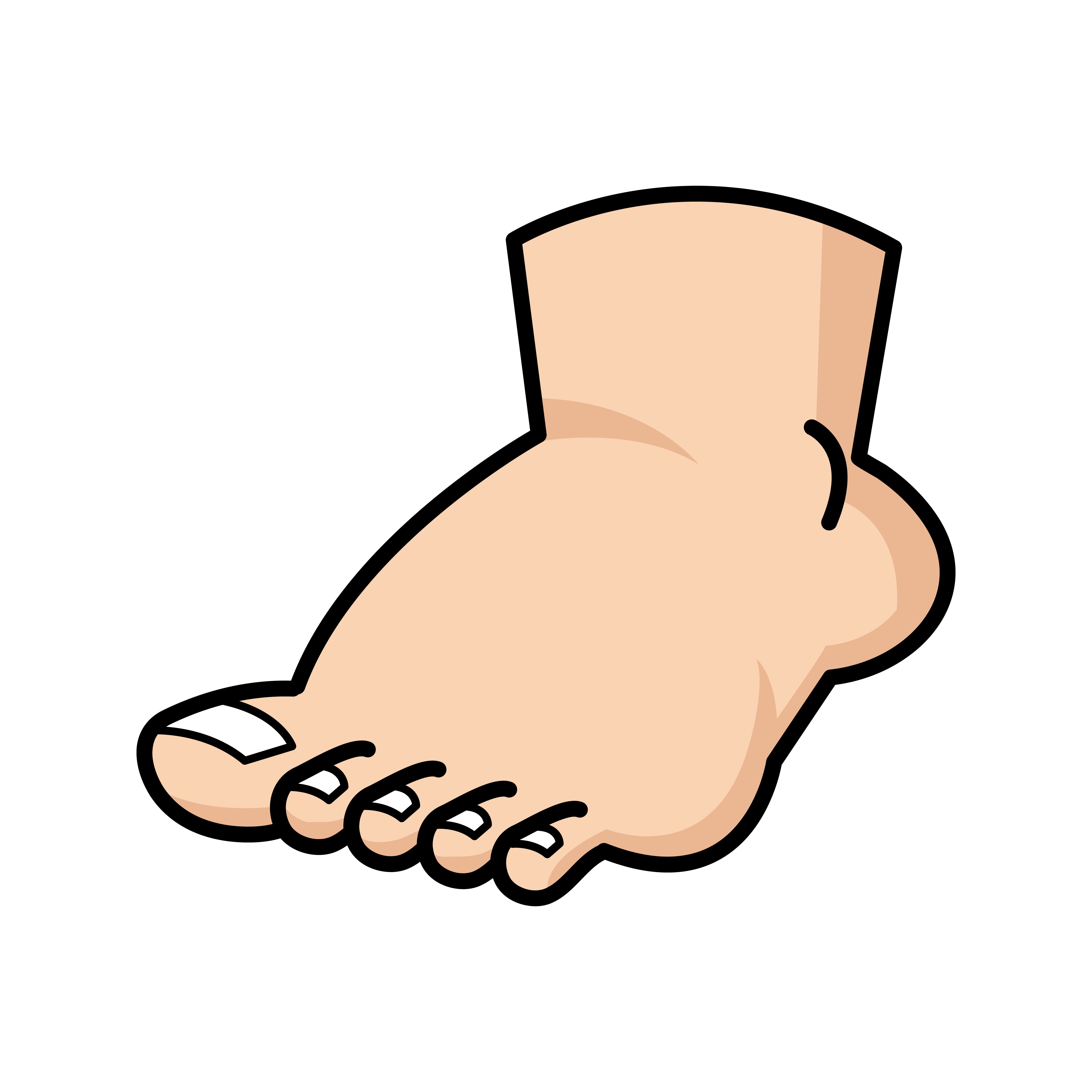I was recently involuntarily hospitalized for a week, and during the admission/intake process I was strip searched and forced to shower. I’m not here to complain, I’m just wondering why they have to treat us like prisoners?
deleted by creator
On the subject of potential weapons : what happens when a patient has a prosthetic limb?
deleted by creator
Nice comment. I donated to Feed the Children in your name.

Thanks for all this info. I was placed in a local mental hospital for threatening to unalive myself a few times, including to a police officer so I was seen as an acute threat to myself, which is ridiculous because I recovered by the time I got out, which as I mentioned before was only a week so couldn’t have been that serious!
deleted by creator
deleted by creator
I had to strip naked in front of a (thankfully female) nurse and security guard, they documented any injuries, then i had to squat and cough. It was really gross
Maybe so the staff can make sure nobody brings in any objects that can harm oneself or others?
I figured they could invest in a body scanner
They don’t take in hundreds of people per day. They might not even average one person per day. There’s no way it would be worth the $150-200K it would cost.
Unfortunately, our mental health institutions don’t receive as much funding as they deserve. One out of every five adults in the US is living with a mental illness (source). I know I would be really pissed off if someone strip-searched me and forced me to shower.
Yeah exactly. If they’re going to imprison ppl, at least don’t be stingy about it
deleted by creator
Spent some time in a similar situation earlier this year in Aus. Wasn’t strip searched but they check everything you bring in, turn out your pockets and confiscated phone charging cables, shoe laces, belts and drawstrings from pants. Also not allowed to take bags onto the ward.
It’s a safety measure for everyone’s sake: staff, patients and visitors. Its not necessarily that you would be a danger to others, as other patients stealing something and doing something dangerous.
Don’t know about the US but there is no way the hospitals over here are buying body scanners with their shoestring budgets.
It’s to make sure you don’t have any weapons or drugs on your person. In theory, if everyone you worked with was deemed by a judge to be a danger to themselves or others, you might be interested in making sure the people that are by definition deemed dangerous aren’t armed before you try to give them medication or restrain them.
because mental health institutions are prisons
I mean to be fair if you were involuntarily hospitalized, you actually were a prisoner.
Shouldn’t have been since I didn’t get charged with a crime
I agree, but what else would you call being forced into a facility you can’t leave? Especially if the pigs brought you there. The way people in crisis are handled in this country is appalling.
I have been in several mental health crises that I should have been in involuntarily hospitalized for, but was too afraid to ask for help because I would rather die than lose what little freedom I have. So I might be biased (and very bitter).
Because there’s a phenomeon where people that have power over you tend to abuse that power.
Exhibit A: Stanford Prison Experiment
I don’t doubt that there are lessons to learn from the SPE, but it’s also worth noting that it’s been widely criticized for various biases and influences and lack of controls, and that no other researchers have ever been able to replicate its findings. Some might call it debunked, others perhaps not, but I think it’s fair to say it isn’t generally accepted as gospel.






